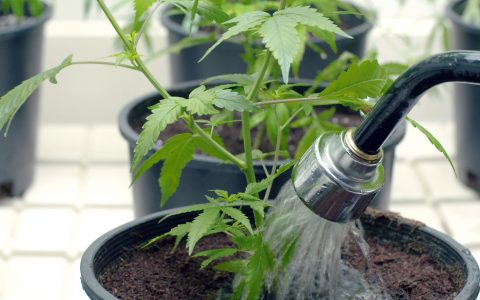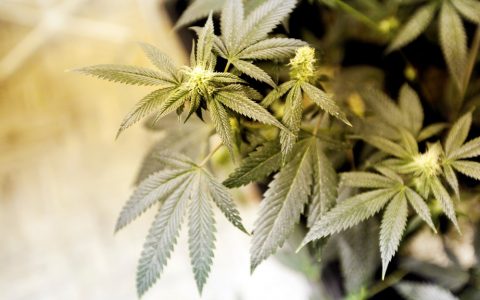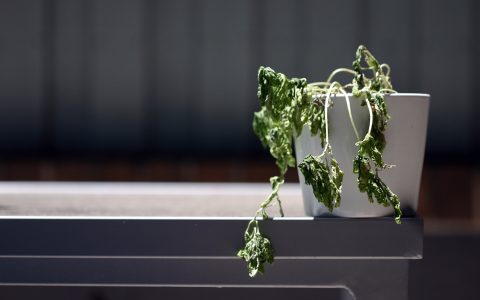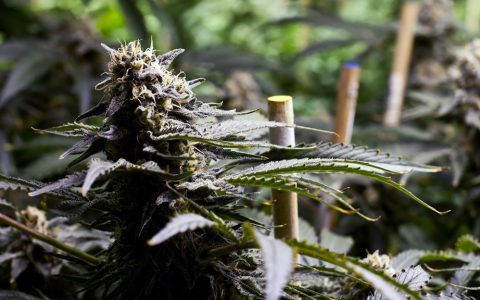Cannabis plants are known to be resilient. The plant grows successfully all over the globe in an array of climates, leading many to believe that the plant with the nickname “weed” should be a simple crop to grow. Keep in mind, however, that the cannabis consumed today is not like that which grows wild in the mountainous valleys of Nepal.
The sought-after cannabis of today’s market is cured, seedless, and potent with thick, flavorful buds. But achieving great cannabis is no easy feat, and many mistakes can be made along the way. Here are five of the most common pitfalls you can avoid with some preparation and careful monitoring.
1. Overfeeding Cannabis Plants
Overfeeding your plants is a classic mistake made by novice gardeners; you see your plants growing every day, but you’re concerned that the buds might not be developing fast enough. As animals, we intuitively think food equals growth, but overeating doesn’t do you or your plant any good. Food does not always promote growth. In fact, it can mean the exact opposite: overfeeding your plants can kill your garden.
Nutrients come in two forms: non-organic and organic. Organic nutrients come from compost, manure, and other refined minerals in the ground. They release slowly into the soil when applied and are not readily available for the plant to take up in excess, which means organic nutrients are your safest bet to try and avoid overfeeding.
However, you might not get the immediate boost you want from organics, so you might use non-organic nutrients. Or, if growing hydroponically, you may be using liquid non-organics. These products pack a lot of food into a small bottle, requiring precise measurements. Additionally, non-organics are readily available for the plant to uptake. For this reason, using too much will cause the plant to overfeed and “burn” itself, resulting in death or loss of yields.
When it comes to feeding, start low and slow. Follow the instructions and start below what is recommended. Observe your plants daily and communicate with your local grow store when looking for recommendations. Nutrients allow you to grow quality cannabis, but you must pay close attention.
2. Overwatering Cannabis Plants
When caring for a cannabis garden, cultivators are quick to fret over whether or not their plants are getting all the water they need. But like overfeeding, giving your plants too much water can harm or even kill them.
Overwatering will cause your roots to suffocate and die. Once root rot sets in, it’s nearly impossible to remove and you will have to start over. To avoid this setback, make sure the top inch of the soil is bone dry, or even lift your pots to get a feel for their weight. If you’re truly unsure, you can wait to see a little wilting in your plants to be sure they are ready for water.
Measure how much water your plants receive and develop a schedule. As they get bigger, you can increase the water quantity – but do so with caution.
3. Unsuitable Climate Control
Whether you’re gardening inside, outside, or in a greenhouse, you need to be fully aware of your climate. Temperature and humidity are crucial to the development of quality cannabis.
Let’s start with temperature. If your garden is too cold or too hot, you will see side effects. Cold temperatures can stunt your plants’ growth, and even colder temperatures will kill them. On the contrary, if your plants are too hot they will develop heat stress. The leaves curl in as if hiding from the light or sun, and the plants become weak and tired. If the hot climate continues, you will constantly battle this heat stress and the plant will eventually die or produce very unhealthy buds.
Cannabis plants can take extreme climates, but not routinely. You want to keep your plants happy at around 75°F when possible. If you’re lucky enough to garden outdoors where nights stay in the upper 50s, you will find a plant that grows faster than you ever imagined possible.
Make sure you also keep the humidity level of your garden low. Humidity provides a breeding ground for ever-present mold, which is constantly looking to decompose anything around it given the right climate. Seedlings like a higher humidity content, but as the plant develops, humidity should decrease. Starting around 60% and reducing to around 40% is generally considered good practice. To control humidity, use intake and outtake fans, open walls in greenhouses to burp the humid air out, and utilize dehumidifiers.
4. Using the Wrong Water pH for Cannabis
If the water you’re using for your cannabis garden is too acidic or basic, you can run into some real problems. Ideally, you want to use water that is between a pH of 6.0 to 7.0. This pH level allows your plants to absorb the full range of nutrients it desires. Fall outside of this range and you will start to see nutrient deficiencies because the water is lacking in acidity or is too acidic for that nutrient to become available.
Check the pH level of your water source routinely. You can buy filters to maintain a specific pH level and/or put additives in your water to raise or lower the acidity.
5. Poorly Installed Electrical Systems
Whatever electrical system you’re installing for your garden, make sure it is done properly. Because of security and legality, many growers have done their own electrical work, but it’s important to find someone with a background as a licensed electrician to help you.
Though costly up front, a dependable system will save you time and a headache. Electrical fires or malfunctioning systems will ruin your garden and put your life and property at risk.
Are there mistakes you’ve made in your garden that led to important learnings? Share your expertise below!





